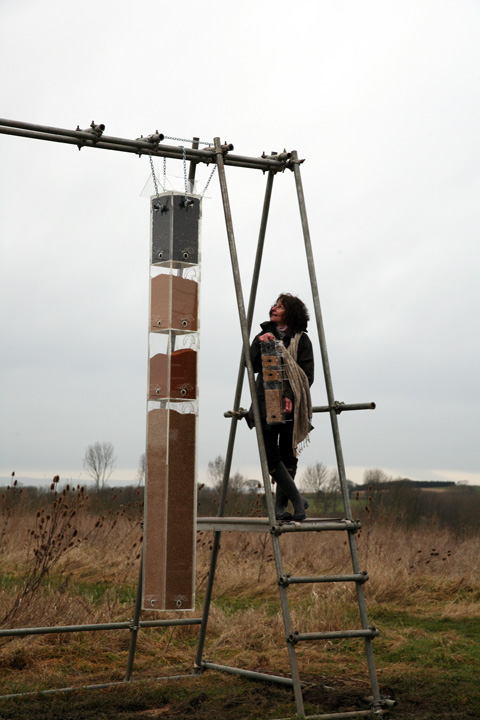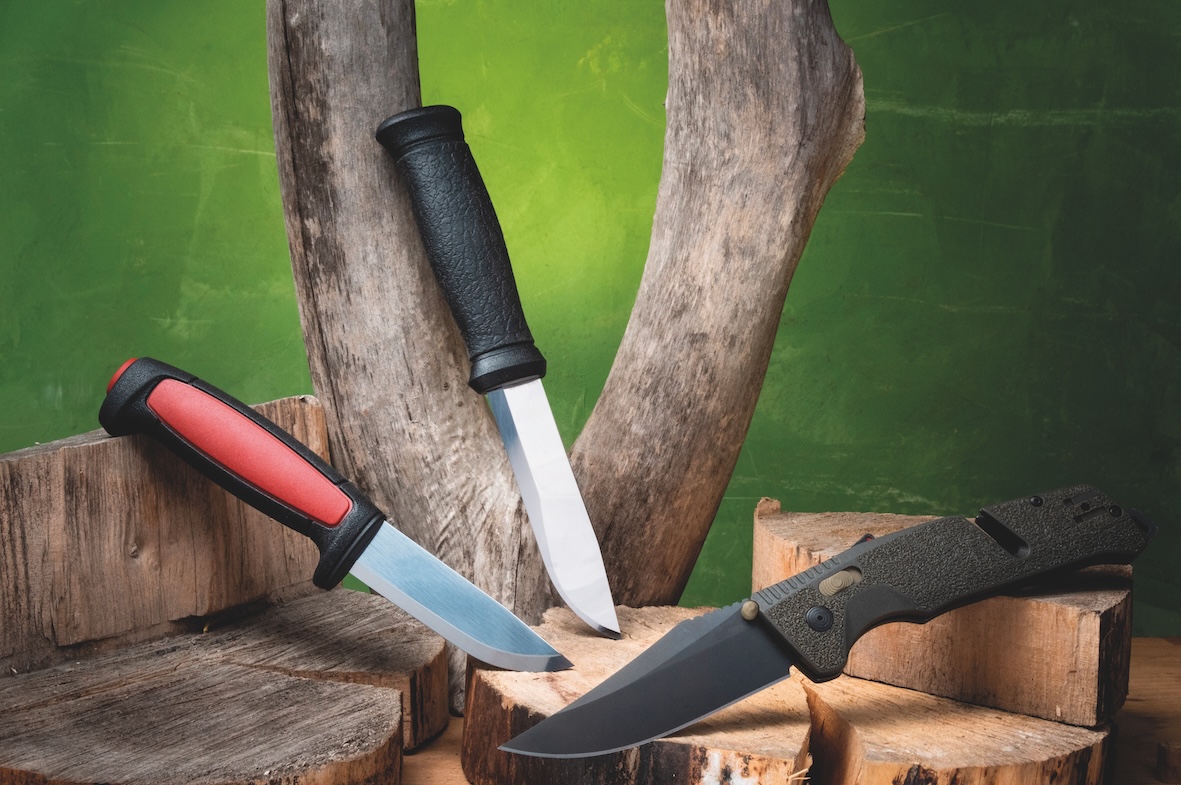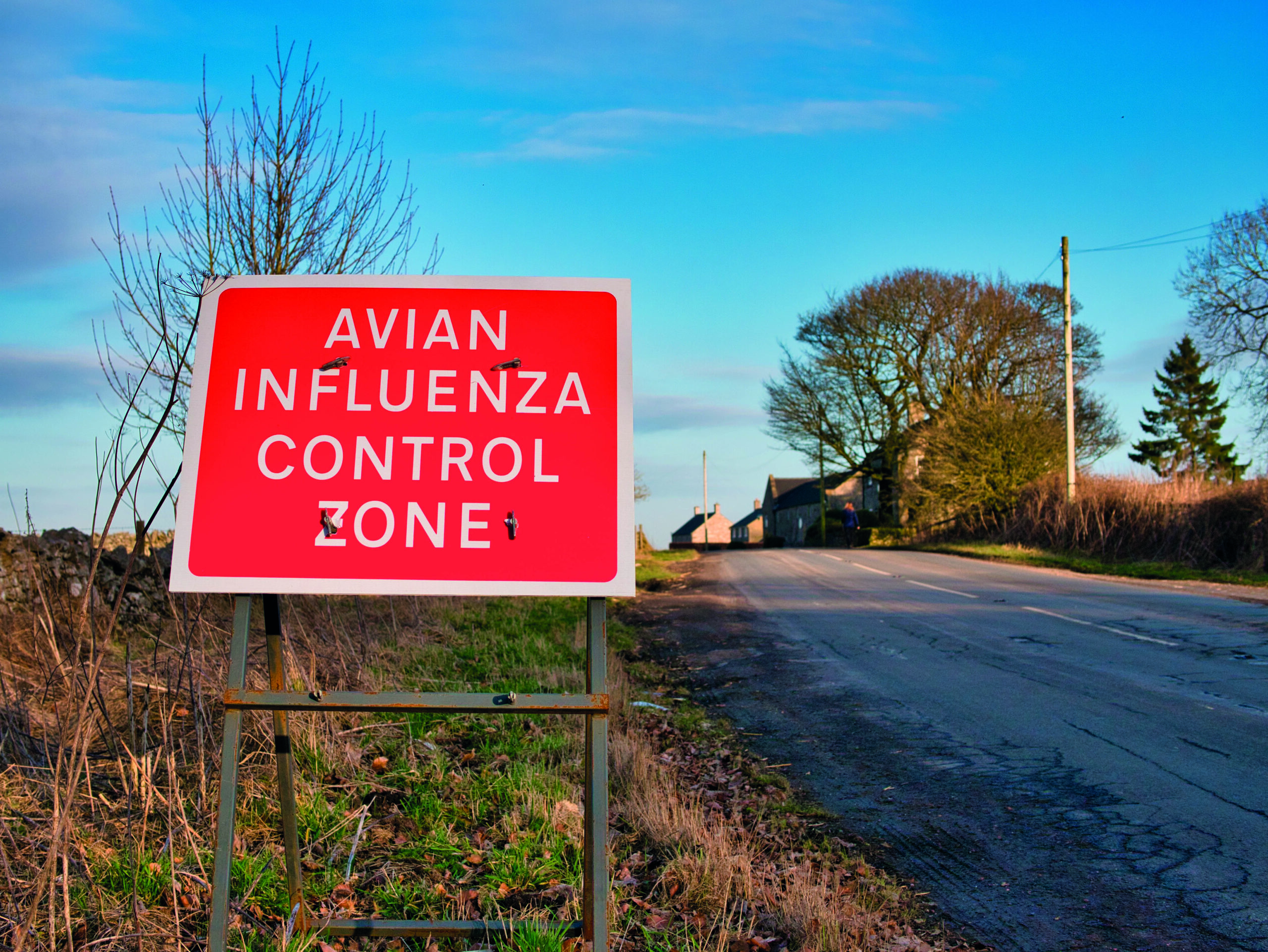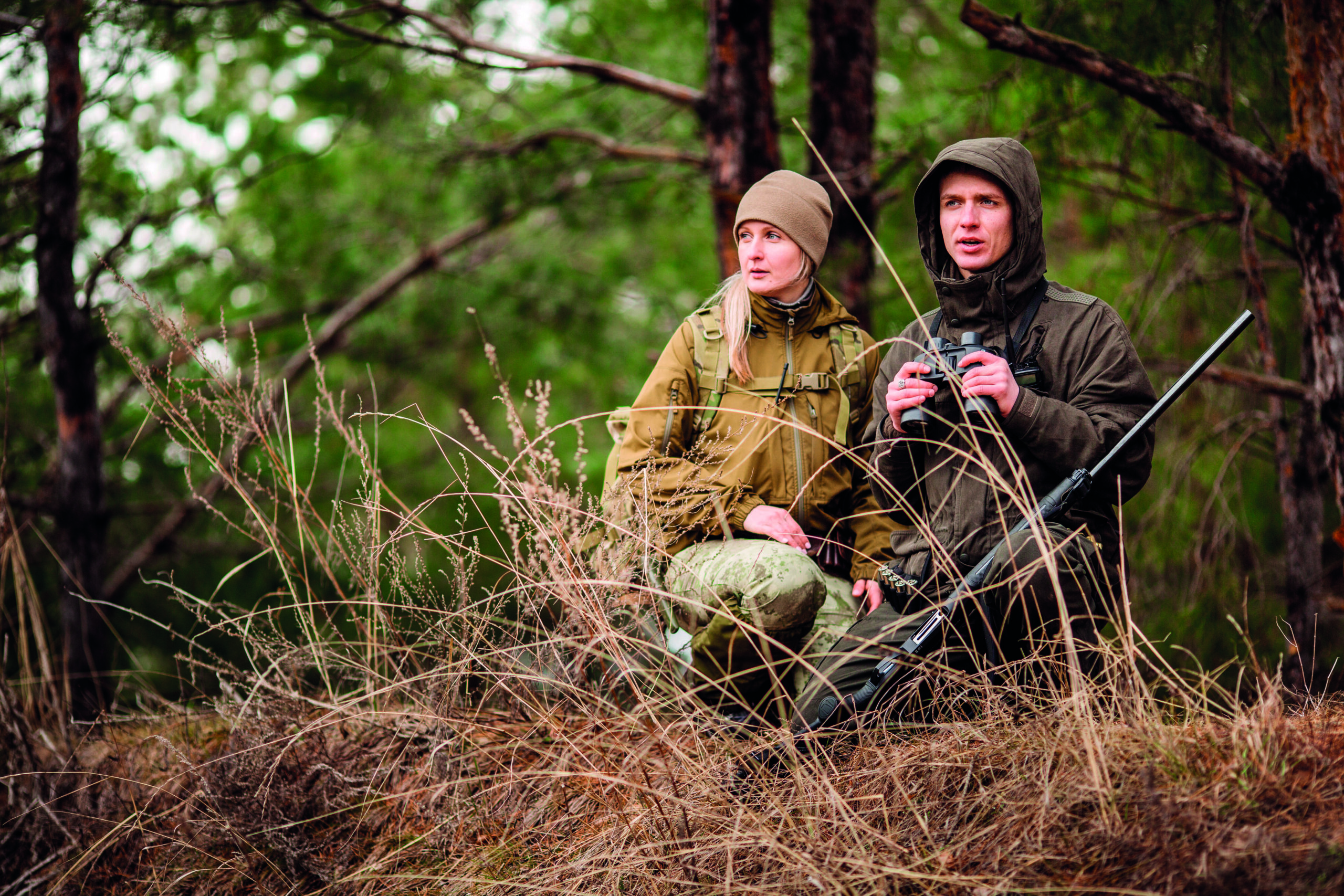GWCT raises plight of farmland birds

The feeder was built in order to draw attention to farmland birds, which are increasingly struggling to find food in the winter, leading to serious declines.
It is hoped that the bespoke feeder will create a world record for the world’s biggest bird feeder by volume.
The Trust claims that farmland bird numbers have halved since the 1970s, and suggests that species such as the tree sparrow, grey partridge and corn bunting have suffered even more severe declines.
While there are many reasons for this decline, it is feared the recent loss of set-aside and increased demand for food production and the more intensive working of the land this brings could cause even more serious decline for some of the most threatened farmland bird species.
Dr Chris Stoate, head of research at the Trust’s Allerton Project farm at Loddington in Leicestershire, said: “Songbirds at Loddington have benefited from both wild bird crops and the provision of grain in pheasant hoppers through the winter. In the critical late winter period, bird numbers were two and a half times higher in years with feeding than in years without it.”
Natural England, one of the supporters of the project, are currently offering farmers up to £350 per hectare per year for improving habitats and growing wild bird crops.
Dr Alastair Leake, head of the GWCT’s Allerton Project farm in Leicestershire, said: “The need to make space for wildlife has never been so pressing and it is critical that we support our farmers to do this. If we don’t then we run the risk of losing some of our important farmland birds that are already teetering on the edge.”








